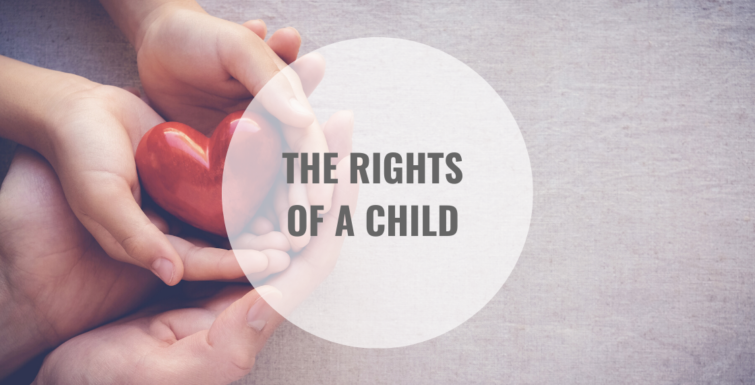Written by Justine Huszczynski, Occupational Therapist
November 20th marks the date when Canada adopted the United Nations Convention on the Rights of the Child (UNCRC). Simply put, the UNCRC is a treaty that outlines the basic human rights for children and youth.
Among other rights, the UNCRC outlines “survival and development rights” which are explained as “the basic rights to life, survival and development of one’s full potential”. Looking into this a little deeper, Article 23 under the “survival and development rights” states:
“Children who have any kind of disability have the right to special care and support, as well as all the rights in the Convention, so that they can live full and independent lives.”
So, how is Canada ensuring that the rights of children with disabilities are being fulfilled? Of course, we have public healthcare which provides children prompt access to medical attention. But Article 23 goes beyond this. It also includes the right to services – therapy services perhaps – that children with “any kind of disability” should be able to access such that they can become independent adults and experience a fulfilling life.
While Ontario offers plenty of publicly funded early intervention services for children with disabilities (based on the availability of government-funded children’s treatment centres across the province), how are the outrageous waitlists for some of the most valuable services offered in these centres acceptable? For example, in 2013 the Toronto Star surveyed nine of the government-funded treatment centres and found average waitlist times ranging from one to four years for a child to receive intensive behavioural intervention (IBI) therapy.
So how does this follow the guidelines of the UNCRC? Honestly, it doesn’t. Simply having a service available to a child with a disability is not enough. The service needs to be provided. Long waitlists do not allow children to “live full and independent lives” but in fact can stifle a child’s development by denying access to programs that are most effective as “early intervention”.
Therefore, while we celebrate how far we have come to secure the rights of children, we need to look ahead and aim for a brighter future for those children that may need some extra support – sooner rather than later. An example of striving for a brighter future comes from the parents of one of my clients who devoted their time to being their child’s advocate when “he didn’t have a voice”. After this young client was denied services by one of the government-funded children’s treatment centres in Ontario, his parents scheduled a meeting with their local Member of Provincial Parliament (MPP) to advocate for their son’s dire need for early intervention services. As a result of the advocacy skills of my client’s parents, the MPP ordered the treatment centre to complete a reassessment and the child was granted the early intervention services that he absolutely deserved and required. During a conversation with the mother of this client, she stated, “It is my job to be make my child’s life better”. This statement is heartwarming, and perhaps we should view it as a challenge. A challenge for all of us – therapists, health professionals, teachers, citizens, governments– to truly make it our “job” to ensure children are given the best life possible. So take the challenge and advocate for our children – ask more questions, get second opinions, research the available charitable funding, schedule meetings with your MPP, school board trustee, and don’t take no for an answer.

